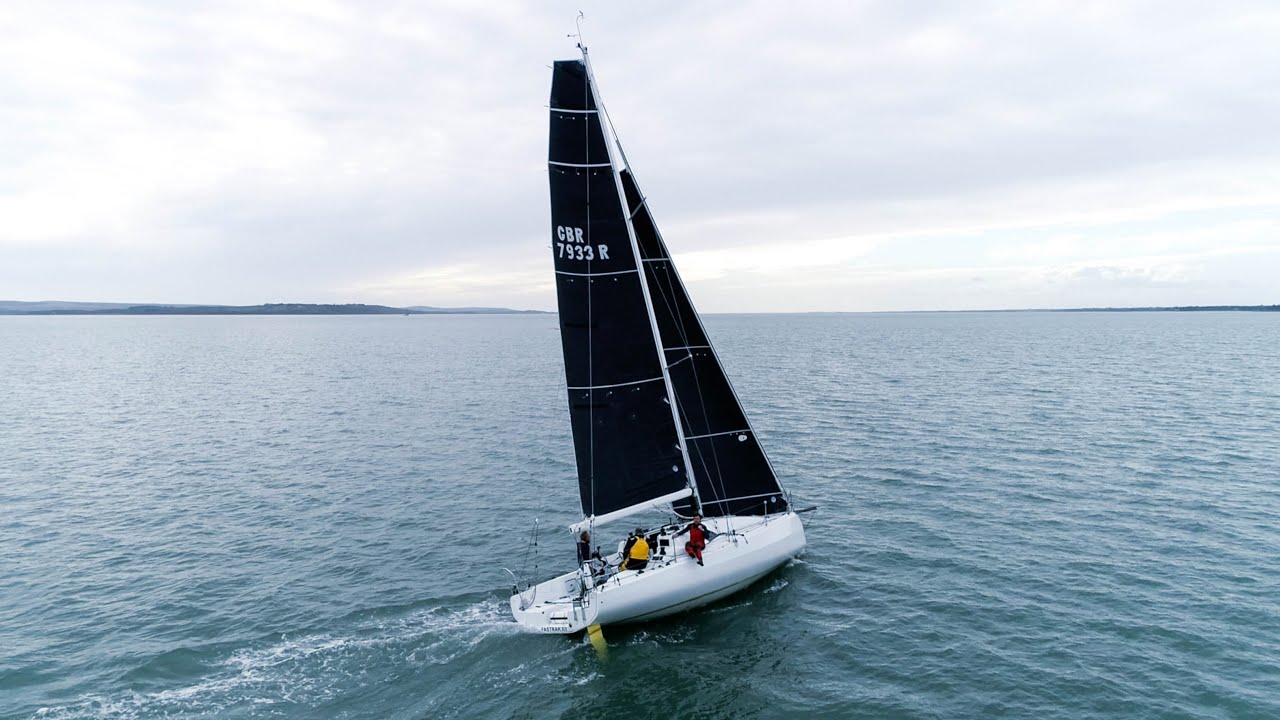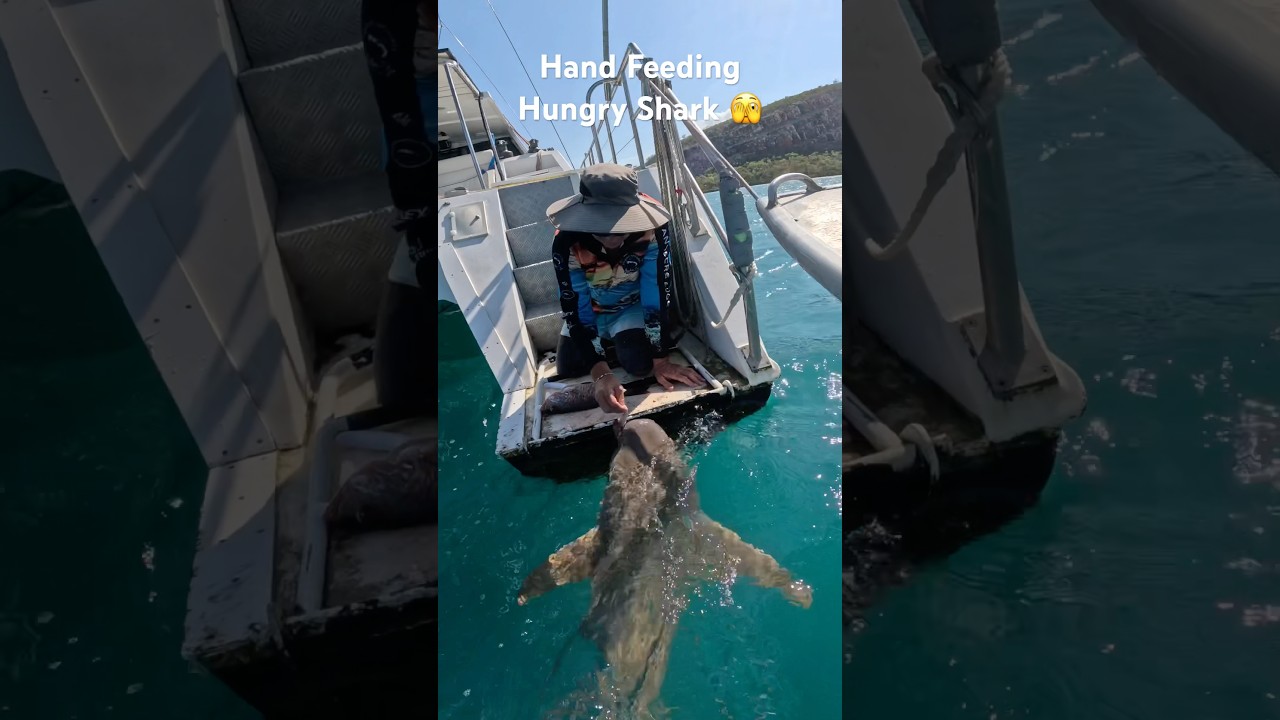Cu ajutorul senzorilor de sarcină smarttune de la Cyclops Marine, North Sails One Design Expert și campionul mondial J/70, Charlie Cumbley explică modul în care echilibrul dinamic al performanței în sensul vântului depinde de sarcina stayului. Pentru a afla mai multe despre modul în care smarttune vă poate crește performanța, vizitați: https://www.cyclopsmarine.com/products/smarttune/ sau întrebați la: info@cyclopsmarine.com. Găsiți expertul North Sails local pentru orice întrebări sau întrebări legate de vele: https://www.northsails.com/sailing/en/lofts
source
Cheia performanței în amonte | Reglaj dinamic | Expertul North Sails Charlie Cumbley și Cyclops Marine

22 thoughts on “Cheia performanței în amonte | Reglaj dinamic | Expertul North Sails Charlie Cumbley și Cyclops Marine”
Comments are closed.




What boat is that?
Great information for a Main sail trimmer like me! Thnks
Charlie Chumbley? You'd think they would get the presenter's name right…
A bit surprised there was no mention of traveller use??
Thanks Charlie, nice vid. Looking at the mainsail the top batten was falling to leeward on every shot. I was always taught that the top batten should be parallel to the boom. Perhaps it is different with fathead mains?
Great for folks that sail in 10kts. what is the north set up for Beaufort wind force scale of 5 (over 20kts) with this system in heavy sea chop? I just saw a new 3300 reefed get tossed on its ear with poor pointing ability in those conditions.
Great vid for amateurs' who want to improve their understanding of sail's trimming. It is amazing how few videos there are on this topic, considering amount of people buying yachts. For those who look for a good book for sails trim I'd recommend Felix Marks – best sail trim book I read.
awesome, thanks!
The load on the stays are measured in what units?
Excellent video
More please
bending air-
Excellent video, thank you so much. Can you talk a little about mast bend? Especially when your boat has running and standing backstays. I never know if I’m supposed to use the running back stay to keep the middle of the mast straight and use the main backstay to pull the top of the mast back to help flatten the main sail. . Thanks again.
What boat is this?
Good tutorial thanks. Jeanneau Sun Fast 3300 £130,000 and £1,600 for the load sensor – I can afford the telltales!
While this is all great information, I know that it's not truly a North Sails video. All Old School disciples of North Sails' teaching courses know this yacht isn't legit…
It isn't named "Lumpy Gravy".
Great video – MORE please! My race boat has the tensionable Forestay I can adjust from the cockpit
I would be cool to track speed and height and do systematic tests of many combinations…
The missing element to low mast compression for light winds (when you are seeking more power) is twist in the main? We are trying to take twist out of the main when seeking power by lowering the traveler and sheeting on the main to close the upper leech of the main. Inevitably this extra main sheet tension adds tension to the forestay, how do we balance this?
Should racing Yachts go back to multi-masts the Hull form already has a limit ???
Thank you good stuff! it always helps to have a detailed refresher.
Properly trimmed boat is such a great feeling.
The other day I was on a J105 in flat water about eight knots of wind and we had the sails so beautifully trimmed on a close reach that the helm remain stationary when I let go.
I was in awe and it was spectacular.
My Gawd, whom is this video for? People who are learning to sail will not be considering a "Smart Tune" for the forestay on their 40 year old Sonar. OK… let's get on with your commercial…
The rest of the info is pretty good and I'll share this with my adult sailing students with a caveat to disregard the high tech equipment and boat.